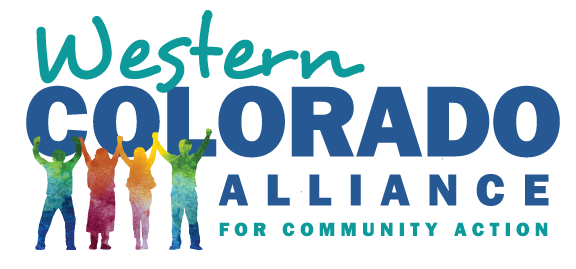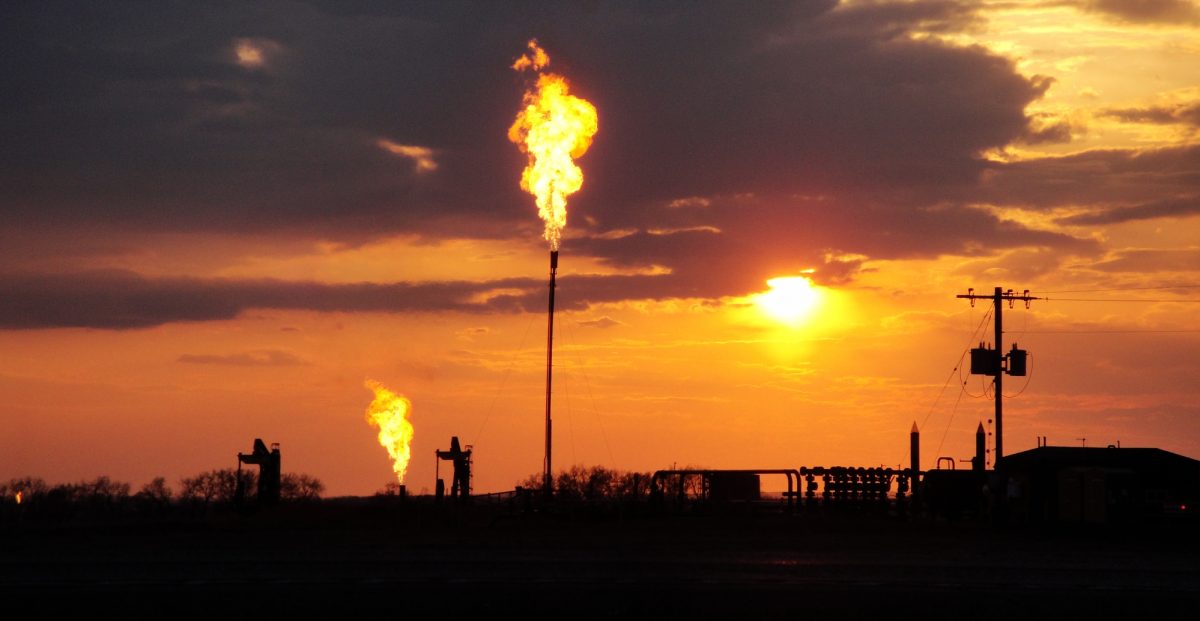- An Alliance For Community Action
- (970) 256-7650
- info@WesternColoradoAlliance.org
Methane Hearings in Durango
Arn's career includes more than 35 years of experience in broadcast media, online advertising and branding in both Western Colorado and New York City. He is a four-time Colorado Broadcast Award winner and has also won multiple Colorado Press Association Awards. Arn also teaches Film Expression at the college level. He lives with a dramatic pit bull and a grandiose cat and enjoys painting, animating, and exploring cinema in his spare time.
On Tuesday, April 23 at 5:30pm, the Air Quality Control Division will hold a public hearing at the Durango Public Library to get input from residents from southwest Colorado. They need to hear your voice!
The staff of the Air Quality Control Division are soliciting public comments about ways to cut methane and ozone- or smog-forming pollutants as part of an ongoing, collaborative effort called the Statewide Hydrocarbons Emissions Reduction Task Force.
These standards could directly reduce methane emissions here. In 2014, NASA identified a cloud of methane as large as the state of Delaware in the Four Corners region. Although most of the methane pollution comes from New Mexico, Colorado must still do all it can to limit our own pollution sources.
Methane is a powerful climate change pollutant that is responsible for 25% of the climate change we’re experiencing today. This puts our economy at risk to longer, more intense wildfire seasons, drought, and less snowpack affecting our outdoor recreation economy.
Stronger standards could also have an important impact on air quality and public health in our communities and the surrounding areas. Last year, the American Lung Association gave La Plata County an “F” for ozone pollution in their State of the Air Report, and air quality in Mesa Verde National Park is dangerously close to exceeding federal ozone standards. Other counties along the West Slope sometimes exceed federal health standards.
You can make sure that western Colorado has a seat at the table and that the Air Quality Control Division knows we want strong methane and ozone pollution standards statewide.
If you can attend the hearing to support improved air quality in southwest Colorado, please RSVP with the Air Quality Control Division here.
Tips for Testimony
- Introduce yourself, provide your name and place of residency.
- Thank the Air Pollution Control Division for hosting the meeting in Durango and giving an opportunity to hear from West Slope residents in-person.
- Personalize your testimony, which will make it more compelling.
- Keep your testimony brief to 2-3 minutes. The Division may limit time depending on the number of people testifying
Main message
Colorado must adopt the stronger statewide air pollution and methane standards for the oil and gas sector. People on the West Slope deserve the same protections against air toxics as people on the Front Range, and we don’t want our ozone pollution levels to exceed national standards. Climate change caused by in part by methane poses severe challenges for West Slope where droughts and wildfires have already ravaged our communities for years.
Supporting points
Climate
- Methane is a powerful climate change pollutant that is responsible for 25 percent of the climate change we’re already experiencing today. This puts our rivers, wildlife, and our economy at risk here on the West Slope.
- In 2014, NASA identified a cloud of methane as large as the state of Delaware in the region. Although most of the methane pollution comes from New Mexico, Colorado must still do all it can to limit our own pollution sources.
- Climate change leads to more frequent and severe wildfires. Here in Durango we have experienced the devastating effect that wildfires can have on our community. As we learned the hard way from the 416 fire last summer, fires not only pose immediate dangers to our homes and our safety, but they also cause us to breathe unhealthy smoke for extended periods and harm our economy by limiting outdoor recreation activities during the summer.
- Climate change reduces snowpack, and less snowpack threatens Colorado’s winter recreation and ski industry. In fact, a December 2018 report found that snowpack in much of Colorado’s Rocky Mountains has fallen 41% since 1982.
Fairness
All Coloradans deserve to benefit from strong protections and no community should be left behind. Air quality rules should be strengthened statewide to provide all residents the protections they deserve, not just those living on the Front Range. Leak detection and repair requirements for low-producing wells and pneumatics are already in place on the Front Range, and those should be applied to the West Slope. Air toxics like benzene and formaldehyde are dangerous for everyone’s health, regardless of where they are emitted.
Protecting communities
Improvements in drilling technology have brought extraction closer and closer to our homes, schools and playgrounds. If industry is going to be allowed so close to homes, the best available technologies to control air pollution and increased inspections must be used to protect people’s health and homes.
- A recent study from the Colorado School of Public Health shows people living within 500 feet of an oil and gas facility have a higher risk of cancer.
- Innovative technologies such as continuous monitoring at multiwall facilities and next to homes that will protect those most at-risk to oil and gas air pollution.
- New technologies are constantly being developed and they should be employed throughout the state. In fact, many of these technologies, such as remote sensing, can reduce costs for remote areas that are found on the West Slope.
Air quality
We all deserve to breathe clean air, but wind and airflow patterns know no boundaries. By requiring more frequent monitoring and repairs statewide, people throughout Colorado can breathe easier.
-
- Oil and gas facilities emit dangerous toxic chemicals like benzene and formaldehyde. We should not be unnecessarily breathing in known carcinogens.
- Oil and gas operations also cause ozone pollution, which can trigger asthma
attacks and worsen emphysema, especially in the elderly and children. - Last year, the American Lung Association gave La Plata County an “F” for ozone pollution in their State of the Air Report, and air quality in Mesa Verde National Park is dangerously close to exceeding federal ozone standards.
- Studies show health affects can occur when ozone reaches 60 parts per billion (ppb), and counties along the West Slope often exceed that level or the 70 ppb federal standard.
Fixing problems before they start
The Front Range continues to struggle from ozone pollution that exceeds federal health standards from oil and gas development. Rather than waiting for ozone pollution to become an even more serious problem on the West Slope, we should act now to prevent problems before they start.
Cost-effective solutions
Colorado can lead the way in creating protections to address ozone and methane pollution.
- Innovative technologies for “zero bleed” or “non-emitting” controllers can replace pneumatic controllers that are designed to intentionally vent natural gas into the air, and instead measure pressure and temperature at a well-site using the power of the sun. It’s time to stop relying on antiquated technologies that leak natural gas and require more frequent human management.
- Frequent leak detection can be done cost-effectively with proven technology, and also creates new jobs. New protections can be win-win for communities and industry.



